I have a single series of values (i.e. one column of data), and I would like to create a plot with the range of data values on the x-axis and the frequency that each value appears in the data set on the y-axis.
What I would like is very close to a Kernel Density Plot:
# Kernel Density Plot
d <- density(mtcars$mpg) # returns the density data
plot(d) # plots the results
and Frequency distribution in R on stackoverflow.
However, I would like frequency (as opposed to density) on the y-axis.
Specifically, I'm working with network degree distributions, and would like a double-log scale with open, circular points, i.e. this image.
I've done research into related resources and questions, but haven't found what I wanted:
Cookbook for R's Plotting distributions is close to what I want, but not precisely. I'd like to replace the y-axis in its density curve example with "count" as it is defined in the histogram examples.
The ecdf() function in R (i.e. this question) may be what I want, but I'd like the observed frequency, and not a normalized value between 0 and 1, on the y-axis.
This question is related to frequency distributions, but I'd like points, not bars.
EDIT:
The data is a standard power-law distribution, i.e.
dat <- c(rep(1, 1000), rep(10, 100), rep(100, 10), 100)


